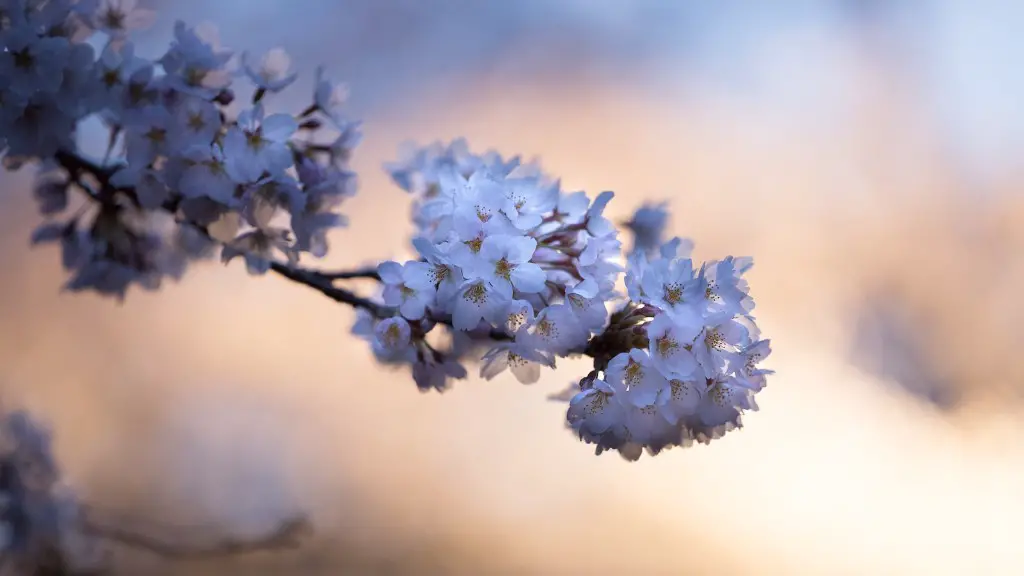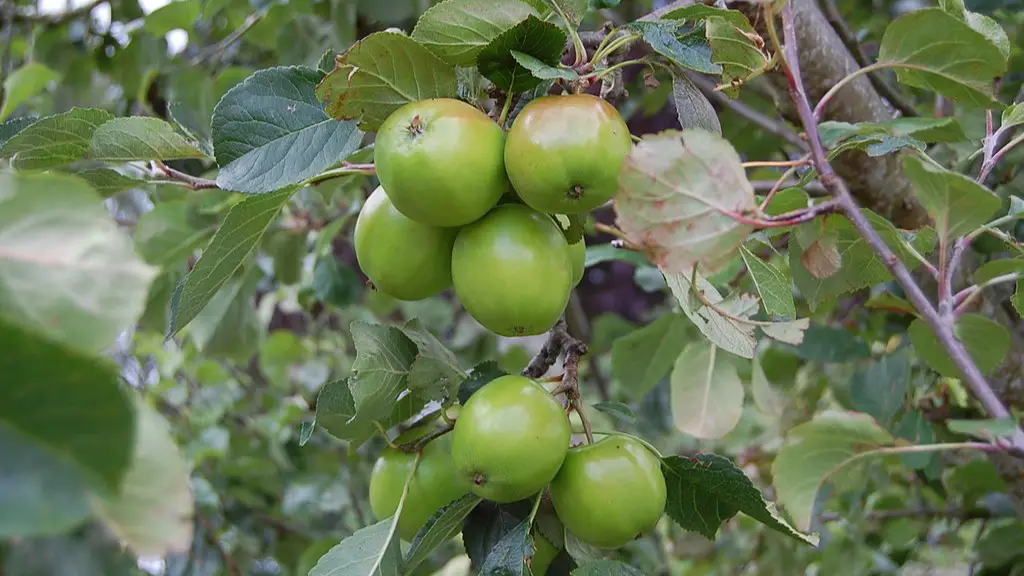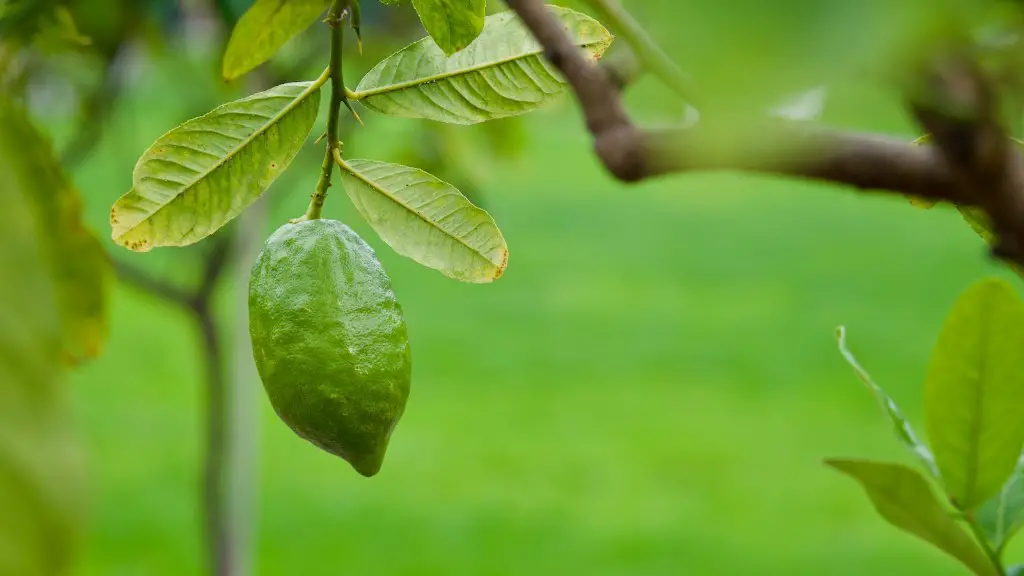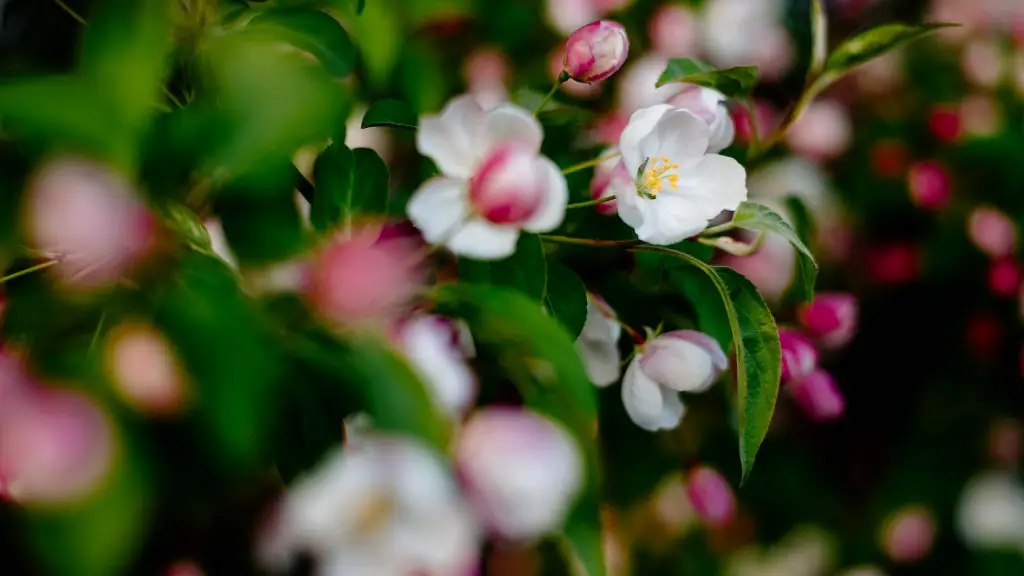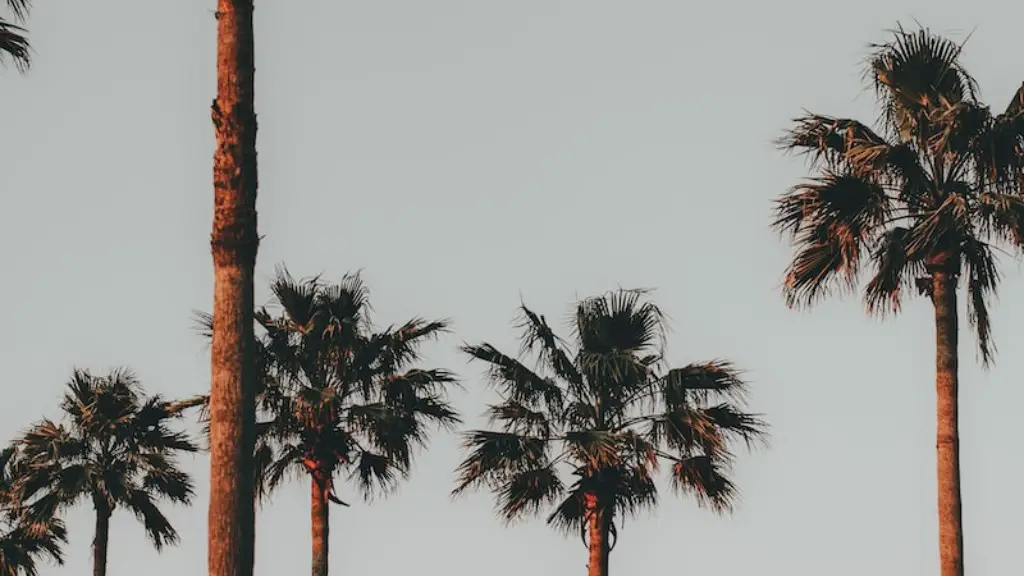Taking a cutting from a cherry blossom tree can be a daunting task for many gardeners. After all, the trees are a symbol of fleeting beauty and the epitome of fragility. However, cutting a cherry blossom tree properly, is not a difficult process. In fact, if done correctly, it can be done in just a few steps.
To begin, identify a healthy and disease-free branch as the cutting. Branches that have recently developed buds or flowers are ideal candidates for a cutting, as the actively growing tips have the best survivability rate. Prune a section of the branch, starting with a point that’s four to six inches away from the bud. Make sure you trim the branch at an angle, as this will encourage better water absorption.
Before taking the cherry blossom cutting, prepare the pot or ground surface with a potting mix or soil that is well drained. This will help to encourage healthy root growth. Once the cutting is taken, dip it in a rooting hormone and shake off any excess powder. This will stimulate the dormant buds to take root. With the rooting hormone applied, the cutting should then be placed into the pot or soil. Gently press the soil around the cutting, ensuring it is firmly held in place.
Keep the soil evenly moist and warm, never allowing it to become dry. This ensures the cherry blossom cutting receives a constant supply of moisture and air. Place a plastic bag over the pot or soil and hold it in place with a few stones or other objects. This will create a humid environment and help to retain water. After a few weeks, an abundance of new roots should have developed and the plastic bag can be safely removed.
After a few months of growth, the cherry blossom cutting should have a good root system and will be ready to be transplanted. Prior to transplanting, allow the cutting to acclimatize to its new environment. This can be done by gradually removing any protection from the wind and sun before it takes position in its desired spot. Once ready, carefully dig a hole twice the size of the pot and fill with compost.
Transplant the cherry blossom cutting in the hole and water the soil to help it settle. Add mulch to retain moisture. After transplantation, it is essential to prune the cherry blossom tree for good shape and to control its size. Until the tree matures, it should be watered and fertilized regularly to facilitate optimal growth.
Fertilizing the Tree
Fertilizing is an important factor in helping a cherry blossom tree reach its full potential. Generally speaking, a balanced fertilizer (one with equal parts of N-P-K) should be applied twice during the spring, starting when the buds break open. Summer fertilization should be done once when summer arrives and then one again towards the end of the season. Finally add one more application of fertilizer in late autumn. The amount of fertilizer needed depends on the size of the tree — small trees should have 3 ounces of fertilizer and larger trees can have up to a pound.
Once the fertilizer has been applied, it is important to ensure the tree receives adequate water. Watering once a week for small trees and two to three times a week for larger ones, ensures that the soil is moist. Doing this, as well as cleaning dead branches and leaves out of the tree before winter, adds to the tree’s healthy growth.
Reuse the Cuttings
Once a cutting from a cherry blossom tree has been taken, it can be reused. To do this, simply take the cutting and insert it into moist potting soil. A heat source such as a heating pad should be placed underneath the pot and covered with another pot. This will create a humid environment and help the cutting retain water.
In a couple of weeks, the cherry blossom cutting should begin to grow. Once it has established roots, it can be transplanted outside. The best time to do this is during the spring or early summer. It should also be noted that the newly transplanted tree should be watered regularly.
Treating Disease and Pests
Cherry blossom trees can be prone to certain diseases and pests, so it is important to take preventive measures. One of the most common issues is the powdery mildew which can cause growth damage. To treat it, the tree should be sprayed with a fungicidal solution once a month. Other issues like scale insects or aphids can be identified by the presence of sooty-bark patches and whitish residues. These should be treated with insecticides.
Taking care of a cherry blossom tree can take some time and effort, but the rewards of a healthy, flourishing tree are well worth it. By following the outlined steps, gardeners can ensure that the beauty of a cherry blossom tree will remain for many years to come.
Propagating the Tree
In addition to taking cuttings from a cherry blossom tree, it is possible to propagate the tree from seeds as well. To do so, collect the pod-like fruits from the tree when autumn arrives. Once the pods dry, open them and remove the seeds. The collected seeds should then be placed in a bowl with water, ensuring that they remain submerged.
Let the seeds soak for 24 to 48 hours to help them soften and swell. Once they are swollen, they can be sown directly into potting mix and covered lightly with the mix. Keep the soil moist and pick any weeds that germinate around the pot. Cherry blossom trees often require a cold spell before they will sprout, so don’t be alarmed if the chosen pot doesn’t show any signs of growth for several months.
The growth of the newly seeded tree should be closely monitored to check for any pests or diseases that may arise. As the tree matures, water it regularly and apply fertilize according to the fertilizer recommendations discussed above.
Deadheading the Tree
Deadheading is an important part of maintaining a cherry blossom tree. Doing so helps improve its vigor and shape and also encourages more blooms. Deadheading requires the removal of dead or diseased flowers from the tree. This process should occur when the pink and white petals begin to fall from the bud. While deadheading doesn’t need to be done each year, it should be done once every few years as part of the tree’s maintenance.
Cherry blossom trees are a breath of life in any garden. Taking cuttings, propagating, fertilizing and deadheading the tree will all help to ensure it has a healthy and long life. By understanding the basics of a cherry blossom tree’s care and maintenance, gardeners can be sure that these beautiful plants will remain in their gardens for generations to come.
